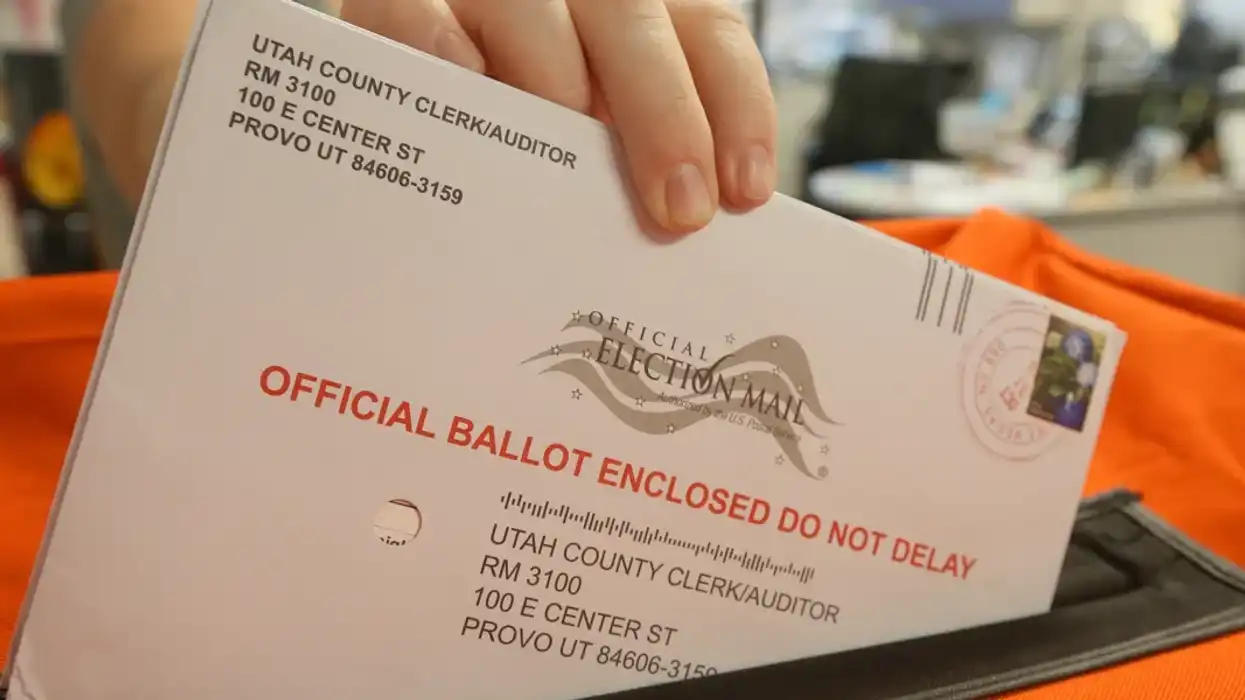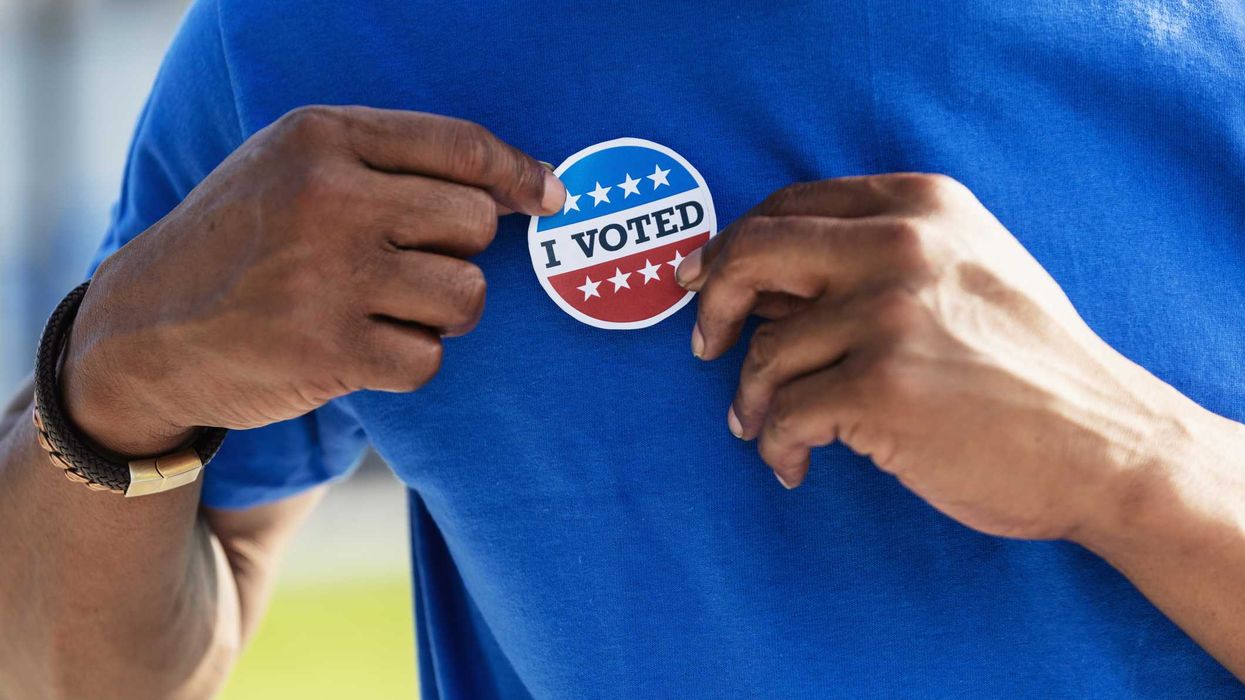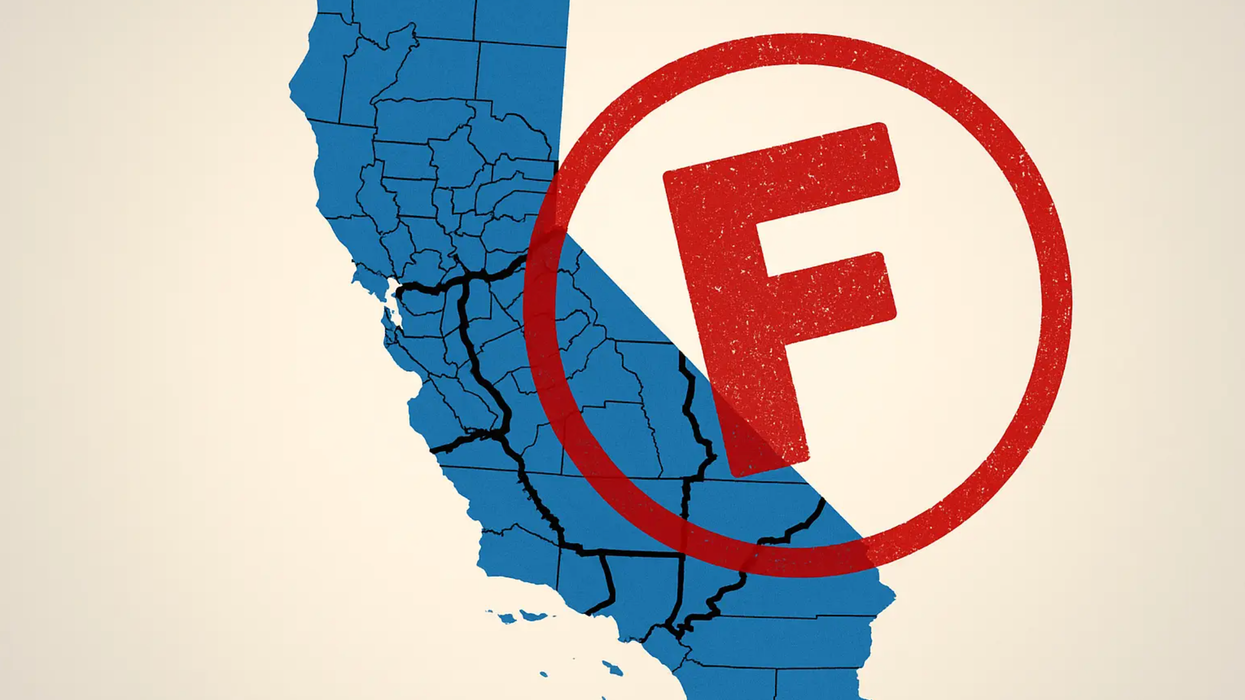McReynolds is executive director of the National Vote at Home Institute, a nonpartisan organization dedicated to expanding voting by mail-out ballot.
During this year's state legislative sessions, we saw nice progress, but also a number of myths, unfounded fears and outright falsehoods about "vote at home" or "vote by mail" election systems, in which all or most voters in a state or county are sent ballots in the mail and not required to go to traditional polling places.
For starters, VAH critics often ignore the reality that all 50 states already use this voting method at some level (aka absentee ballots). And objections often get presented in a vacuum, ignoring how traditional "polling-place-centric" methods have major inherent disadvantages.
Polling-place-centric elections poorly serve millions. Think about older or disabled voters unable to get to the polls; rural voters far from a polling place; first responders whose schedules can be preempted; parents working two jobs; families with sick children; students and many others with real-life issues that prevent voting in a fixed place, within a limited window of time.
Polling-place models also suffer from execution problems that can disenfranchise large swaths of eligible voters, both innocent and not always so: missing power cords for the machines, malfunctioning machines, poll workers who forgot the keys, long lines where voters give up and go home, voters told their registration is not valid, voters without "proper" ID and polling places far removed from some communities.
But well-implemented VAH models enable all to cast their ballots on their terms and timelines, while providing more days and more ways to vote, including in-person options. And if a close election demands a recount, VAH systems have paper ballots for every vote cast.
VAH elections — in place in Colorado, Oregon, Washington, Utah, Hawaii and most of California for 2020 — better serve voters, address operational issues within the voting process and mitigate risk.
Here are the top 10 false myths about VAH and the rebuttals.
No. 1: If you mail ballots to more voters, people will ask for "replacement ballots" and vote multiple times or duplicate the ballot and vote multiple times.
Ballot envelopes are barcoded to the individual voter. Upon return, only one ballot from any voter is accepted — the first in. Others are rejected, and if criminal intent is suspected, the voter could be prosecuted. Ballots in an envelope with no barcode are rejected.
No. 2: Anyone can intercept the mail and vote someone else's ballot.
Voter validation is key and the recommended best practice is signature verification. This means every return ballot envelope is signed by the voter, and each signature is checked against official signatures already on file. Signature judges can be trained by handwriting experts, including many from law enforcement.
Voters are given multiple paths to resolve the discrepancy, even after Election Day.
Verification does away with cumbersome witnessing or notarization rules that can lead to the unscrupulous offering a "service" to do that.
Stealing a mailed-out ballot is a federal crime. And a voter who doesn't receive a ballot, or loses it, can simply contact their local election office for a replacement.
No. 3: If you mail out ballots, non-citizens will be able to vote. So will dead people.
Ballots only go to active registered voters. The question of citizenship is handled during the registration process, which occurs before a ballot can be mailed. States with effective VAH systems have automated processes to regularly match death records to the voter registration lists to prevent ballots going to a deceased voter.
No. 4: Voters move around and don't update their addresses, leaving ballots floating around that other people can use.
VAH ballots are non-forwardable. And if someone attempts to vote another person's ballot — again, a felony — they'll likely fail. (See No. 2.)
VAH states have some of the most accurate voter rolls in the country, in part because they utilize automated address updates through registration procedures or updates from the U.S. Postal Service's change of address database. And because they are part of the Electronic Registration Information Center, they share data and ensure proactive address updates. Officials automatically update registration information when voters move, then allow them to opt out — rather than forcing them to register at a new address.
No. 5: The Postal Service is unreliable. My ballot may not get to me or get back to be counted.
USPS actually is remarkably reliable. But that misses a key point. The reason we call this "vote at home" is that in well-developed systems with ample secure drop boxes and staffed vote centers, a solid majority of ballots are returned in person. Well-developed VAH systems also use ballot tracking tools (think FedEx) so voters and elections officials can see in real time where their ballot is, from in the mail through tabulation. Additionally, USPS now offers informed delivery, so voters have accountability as to where their mail is in the process.
No. 6. Other members of a household may unduly influence the vote.
While undue influence is possible (and also a crime) in almost any election system, hundreds of millions of VAH ballots cast over the last 20 years reveal it's a non-problem. Those concerned about this issue should instead work to strengthen state laws that deter and punish bad actors from taking advantage of voters, in all states.
No. 7: It is so easy to divert a ballot. People who do it face only a slap on the wrist if caught.
In Oregon, if you intentionally tamper with or divert a mailed-out ballot, it is a felony, punishable by a $25,000 fine and five years in jail for every ballot. Stiff penalties heavily skew the risk-to-reward equation of someone thinking about election interference.
No. 8: If people can't make an effort and vote in person, they don't deserve to vote.
Voting is a right. We get that right with our citizenship. We don't have to requalify for it by passing a test or paying a poll tax. Studies also show voters with a ballot in their hands vote farther "down the ballot," as they have more time to research and become informed about the issues and candidates.
No. 9: More convenient voting options, such as voting at home, is a plot from the political left.
Utah, now the fourth (and most recent) state to mail a ballot to every to every registered voter, is decidedly "red." Republicans also have the edge in Montana and Arizona, where 70 percent of voters automatically are mailed their ballots as "permanent absentee" voters. Reliably red Nebraska and North Dakota have also expanded the use of VAH options. While Oregon and Washington, the first two states where VAH took hold, are more blue than red, both have current secretaries of state who are Republican — and big fans of this system.
No. 10: States with higher use of mailed-out ballots do not see materially higher voter turnout.
This is an easy one. First, check out America Goes to the Polls 2018. It shows three variables that drive the states with the top turnout. VAH is one, because the model is voter-centric. Next, take a look at this map that shows 2018 turnout and note the correlation between mailed-out ballots and high turnout. Then, see how the counties in Utah which went to VAH systems outperformed their polling place counterparts by 5 to 7 points in 2016. Finally, here is data from the 2018 primaries showing vote at home states with over 15 percent higher turnout than polling-place-centric states.

















